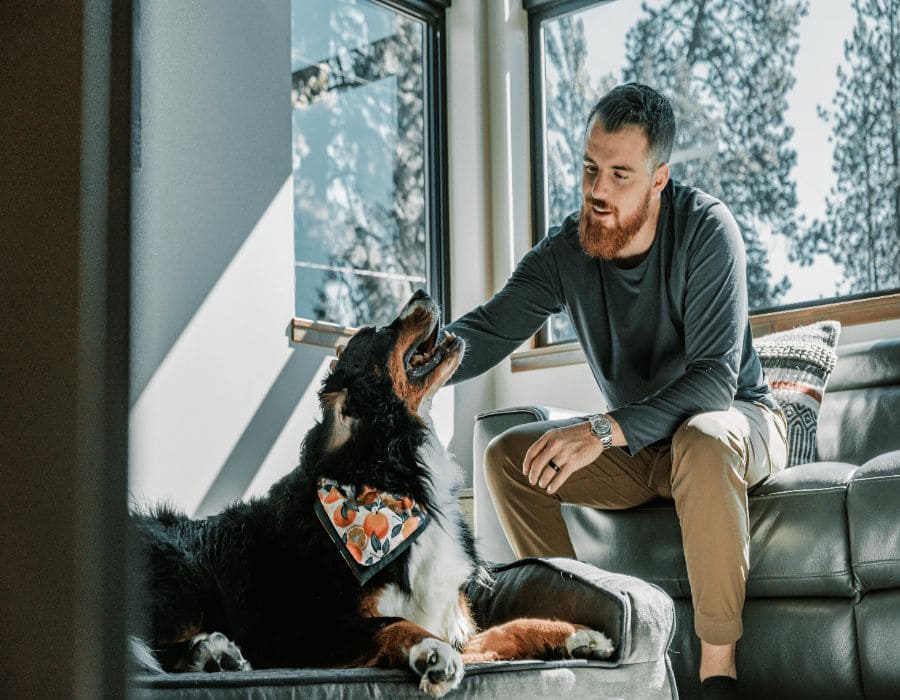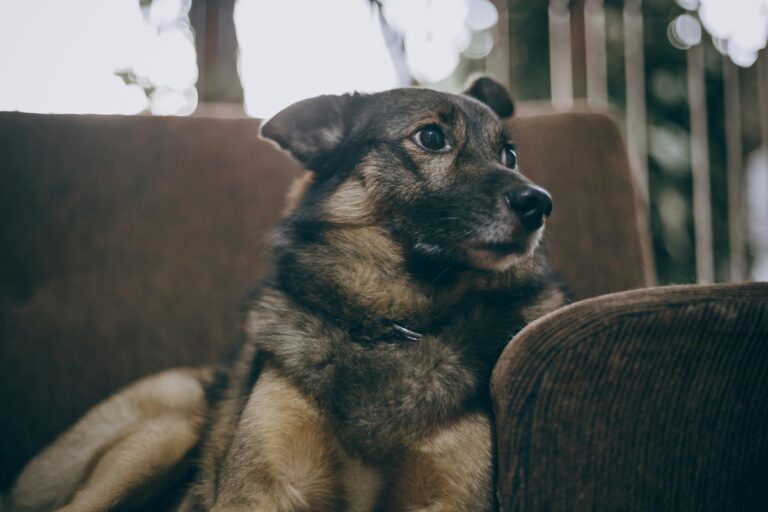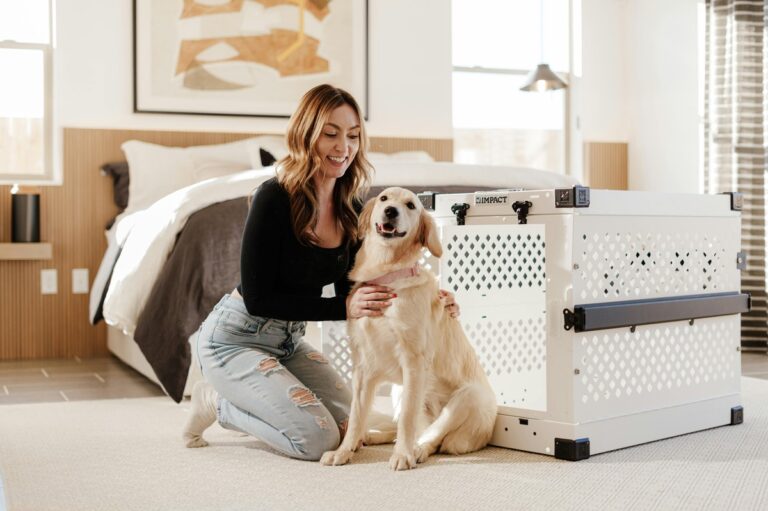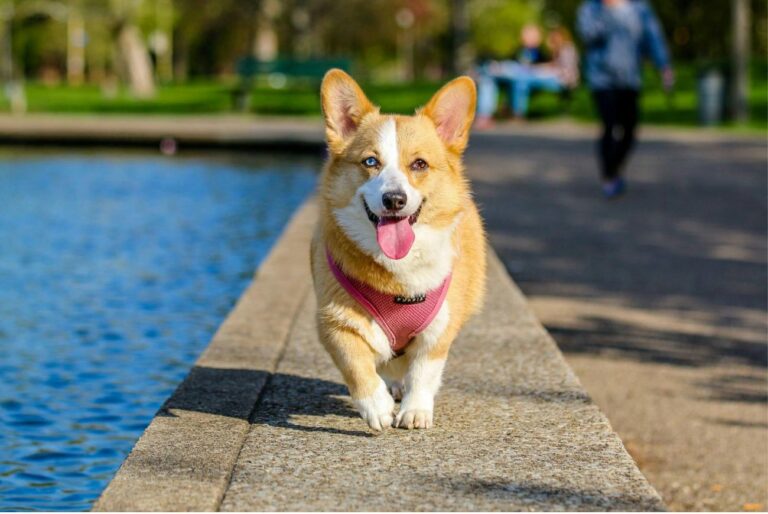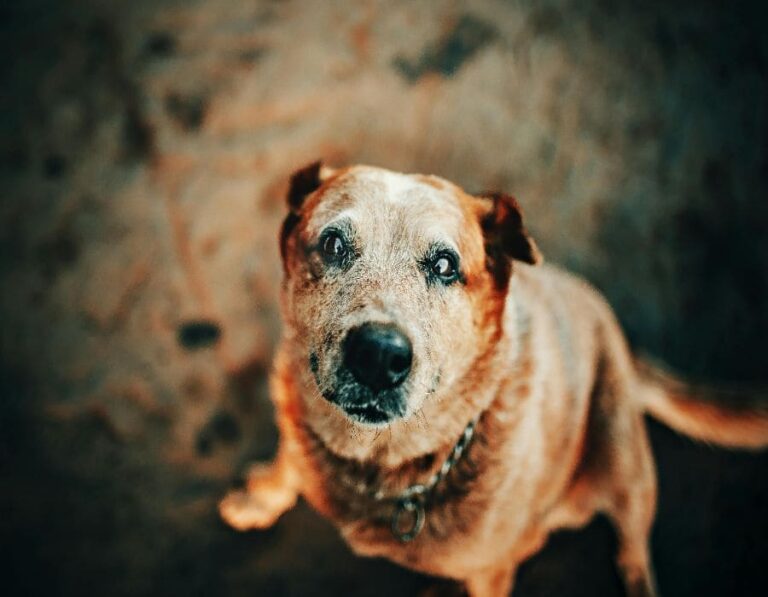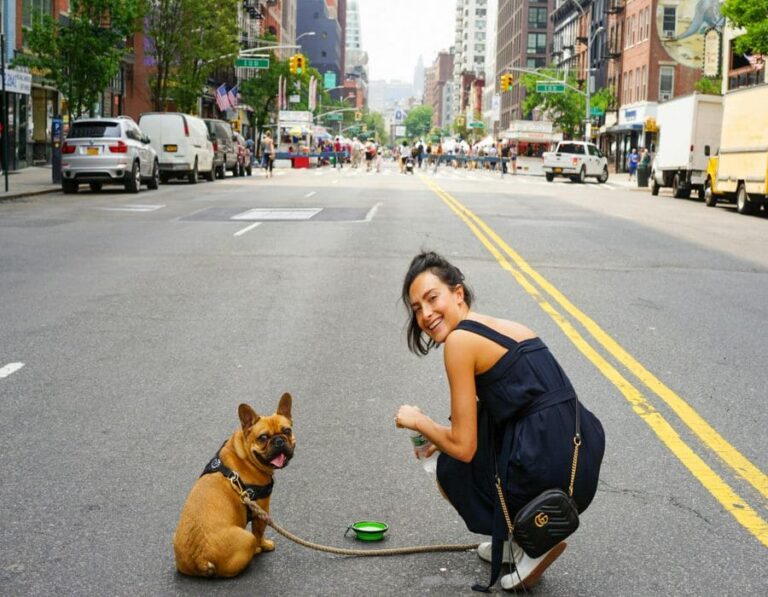10 Tips on How to Take Care of Your Senior Dog
As your dog ages, they experience physical, mental, and emotional changes that require thoughtful adjustments to their care routine. The goal is to ensure your dog enjoys their golden years with as much comfort and joy as possible. Senior dogs deserve all the love and attention to keep them healthy and happy.
Caring for an aging dog involves more than just feeding them well and providing regular exercise. You’ll need to consider their changing physical needs, mental health, and comfort levels. Here are 10 practical tips to ensure your senior dog is well-cared for.
Get a Full Senior Health Check-up
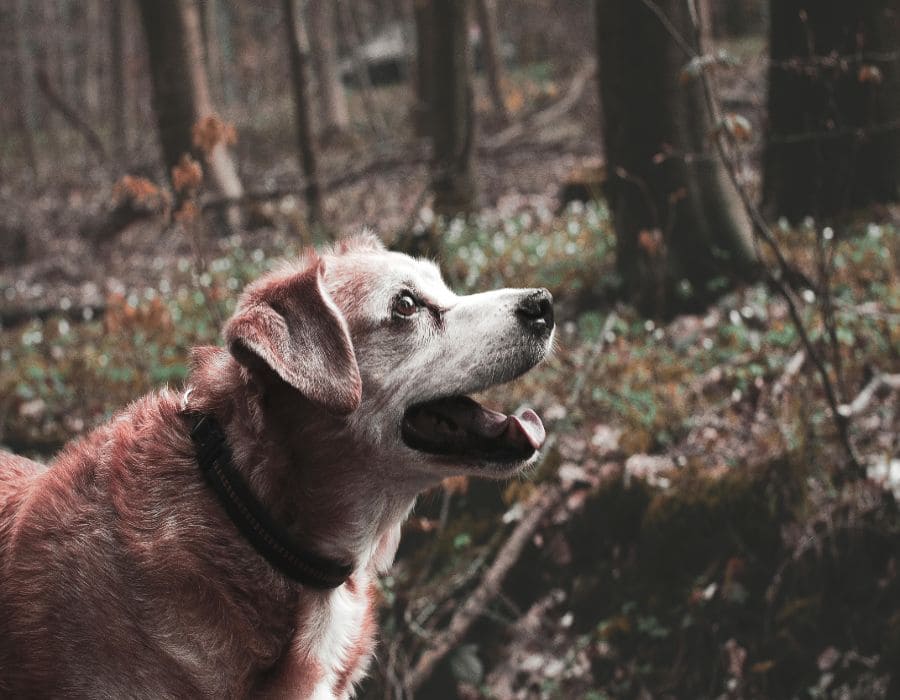
Senior dogs benefit from a comprehensive health evaluation every six months, which includes blood tests, dental check-ups, and screenings for arthritis, heart disease, and kidney problems. This proactive approach helps catch potential issues early for better management.
Invest in Joint-Friendly Products
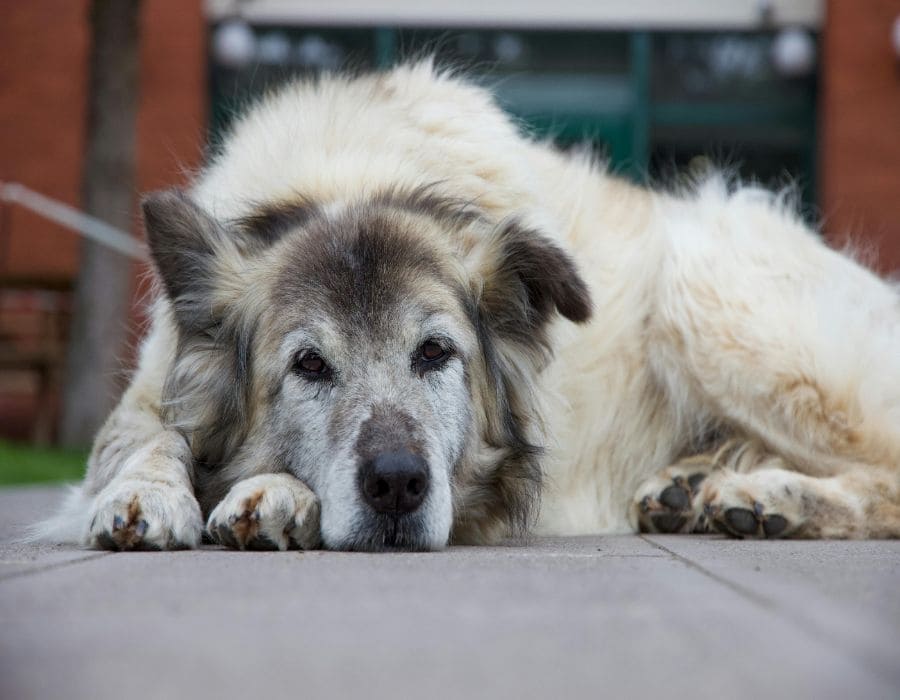
Support your dog’s joints by incorporating joint supplements or ramps and stairs to help them access higher surfaces. Consider providing heated dog beds or cooling pads to alleviate joint discomfort, and look for orthopaedic beds that help distribute pressure on sore joints.
Modify the Walking Routine
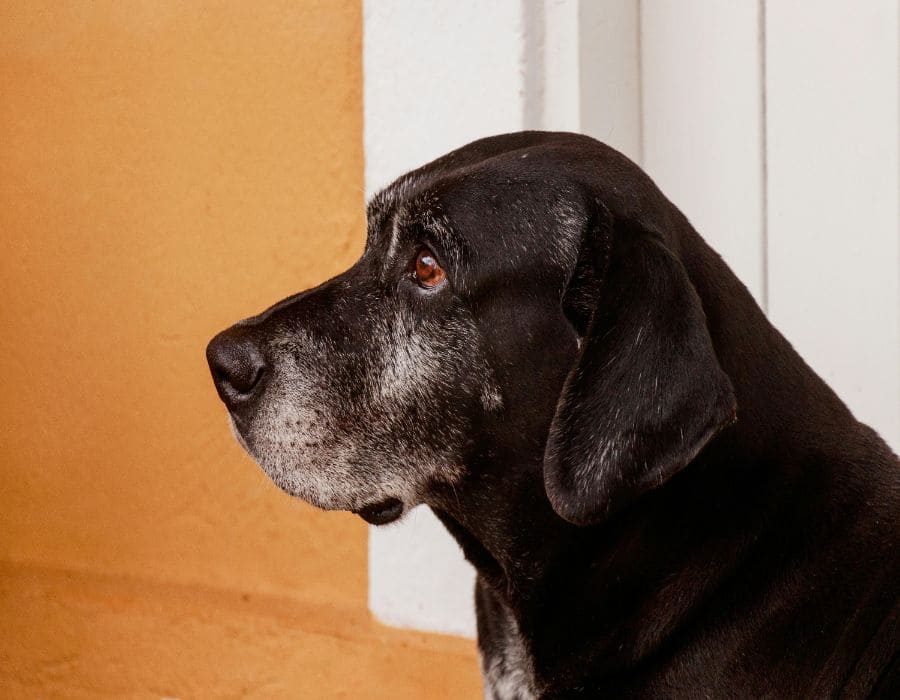
While senior dogs still need exercise, you may need to adjust the routine. Shorter, more frequent walks are often better than long outings, as they prevent exhaustion and allow for more consistent movement. Always keep an eye on your dog’s stamina.
Use Slow Feeder Bowls
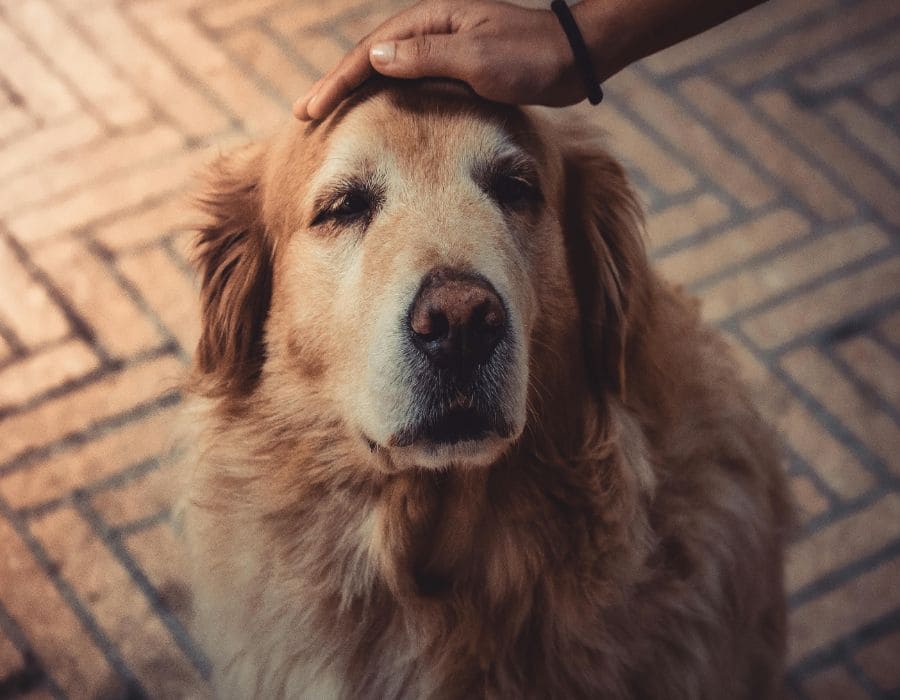
Senior dogs with dental issues or slower eating habits can benefit from slow feeder bowls, which encourage chewing and prevent choking. These bowls help with digestion by reducing the pace of eating and promoting better oral health, while also preventing bloating or gas.
Create a Low-Noise, Stress-Free Environment
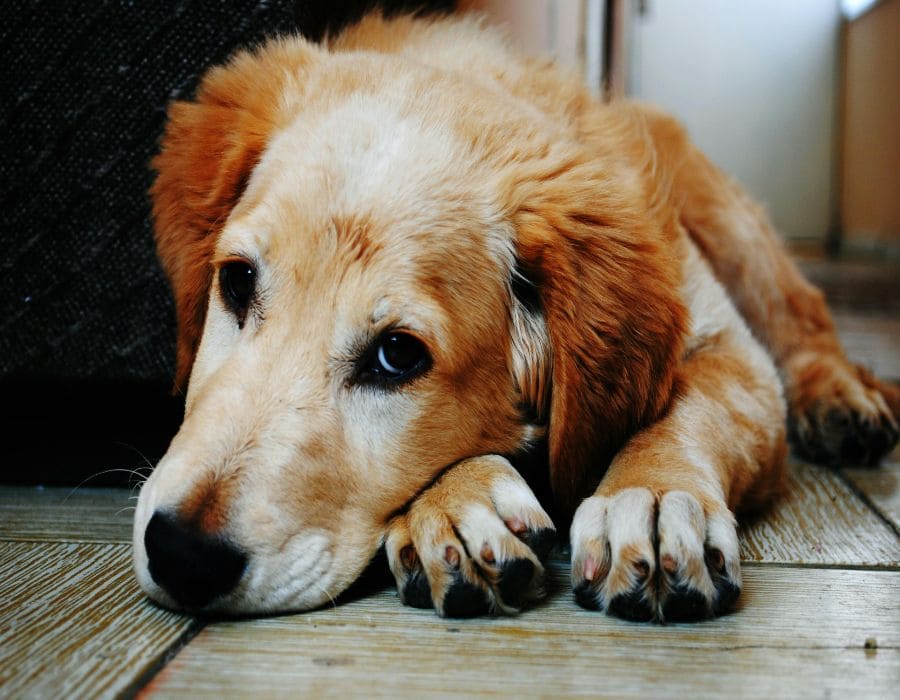
Older dogs are more sensitive to loud noises and changes in their environment. Provide a calm and predictable space for your dog, free from sudden disturbances. Consider playing soft music or white noise to soothe them during stressful situations like thunderstorms or fireworks.
Incorporate Interactive Mental Exercises

Mental stimulation is just as important as physical exercise for senior dogs. Use puzzle toys, treat-dispensing devices, or short training sessions to keep their minds sharp. Regular mental engagement can delay the onset of cognitive decline, keeping them alert and engaged.
Maintain Regular Grooming to Prevent Skin Issues
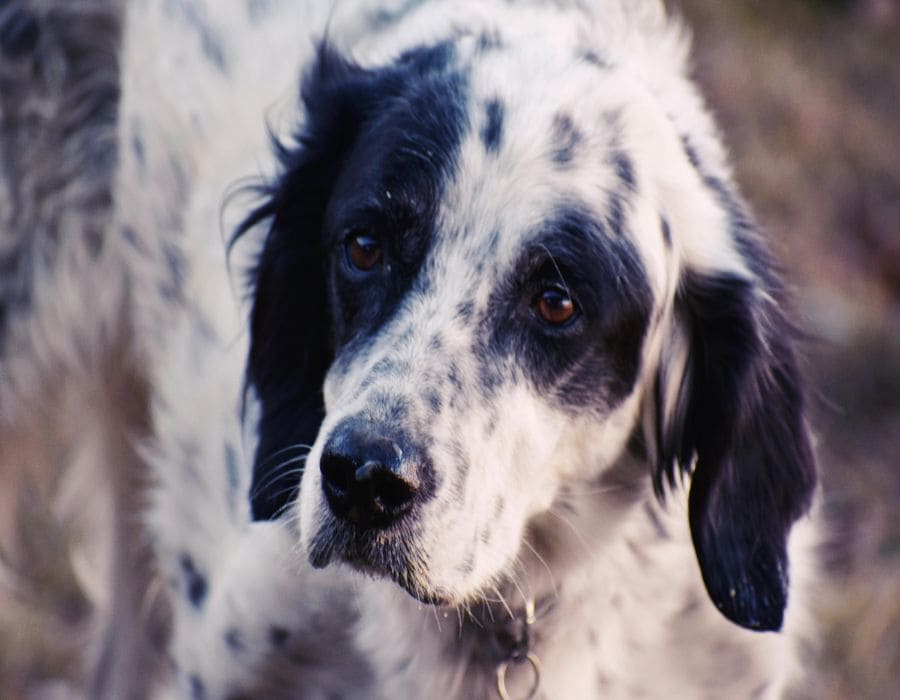
Older dogs often experience dry skin, which can lead to itching or skin infections. Regular grooming not only helps keep their coats clean but also allows you to spot potential skin issues early. Consider using moisturizing shampoos and conditioners to soothe their skin.
Establish a Consistent Routine
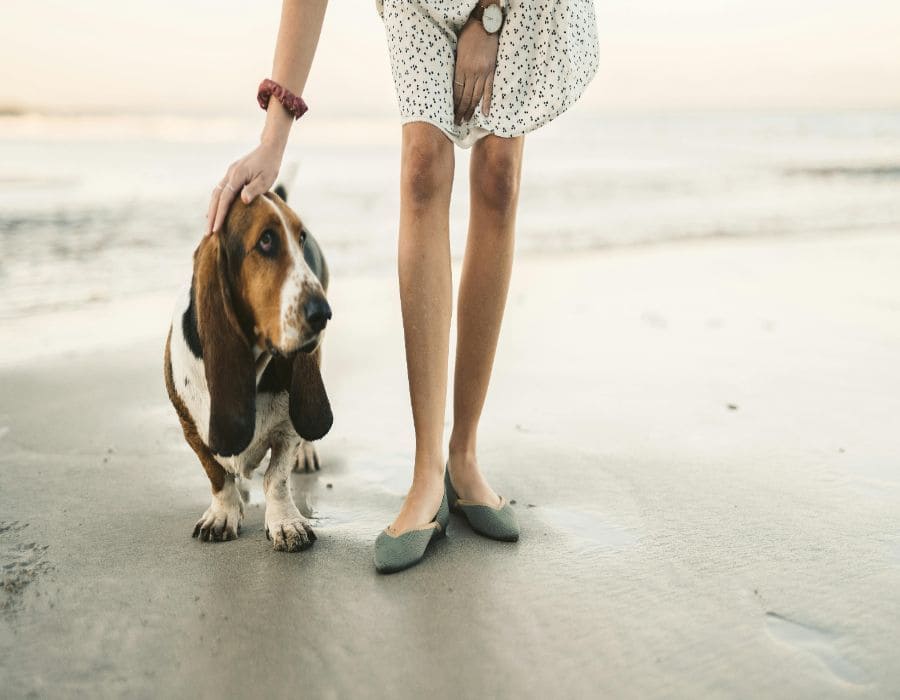
Senior dogs thrive on routine. Set specific feeding, walk, and play times to help them feel secure. Consistent routines help reduce anxiety and stress, particularly for older dogs who may experience confusion or cognitive dysfunction due to aging.
Adapt to Their Changing Sleeping Needs

Senior dogs often require more sleep and prefer a quiet, comfortable space. Provide them with a calm area where they can rest undisturbed. Ensure their bed is orthopedic and large enough for them to stretch out comfortably, reducing strain on their joints.
Monitor Their Weight and Adjust Food Accordingly
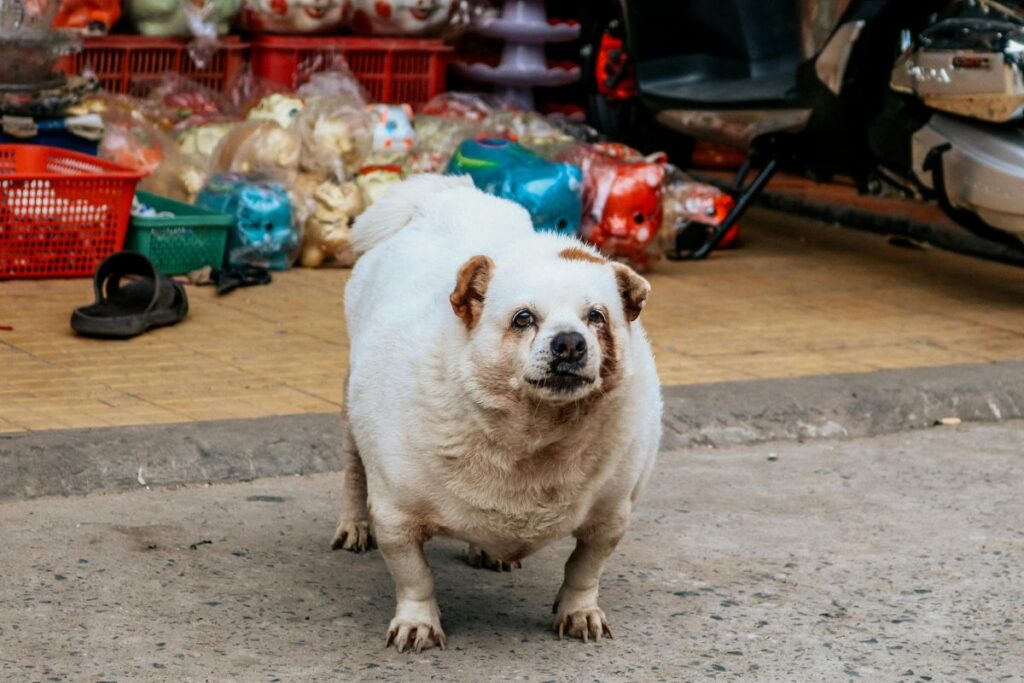
As metabolism slows down with age, senior dogs may become less active and require fewer calories. Adjust their food portions to avoid obesity, which can exacerbate joint pain and other health issues. Consult your vet for the right diet for your aging dog.
Final Thoughts
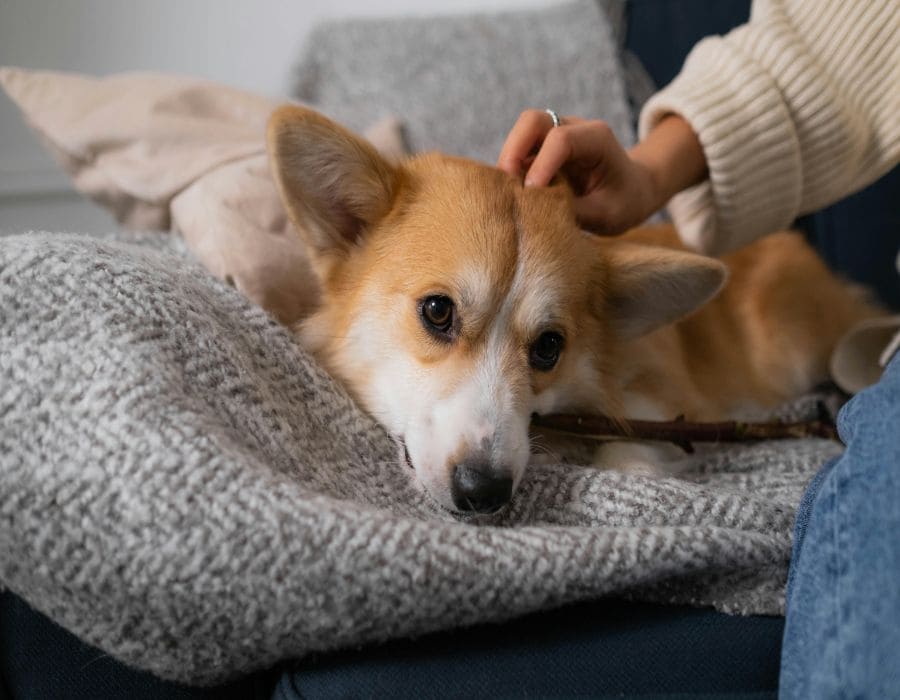
Taking care of a senior dog requires patience, dedication, and a little extra attention. By modifying their routine and environment to fit their changing needs, you can ensure that they live out their golden years in comfort, health, and happiness.

